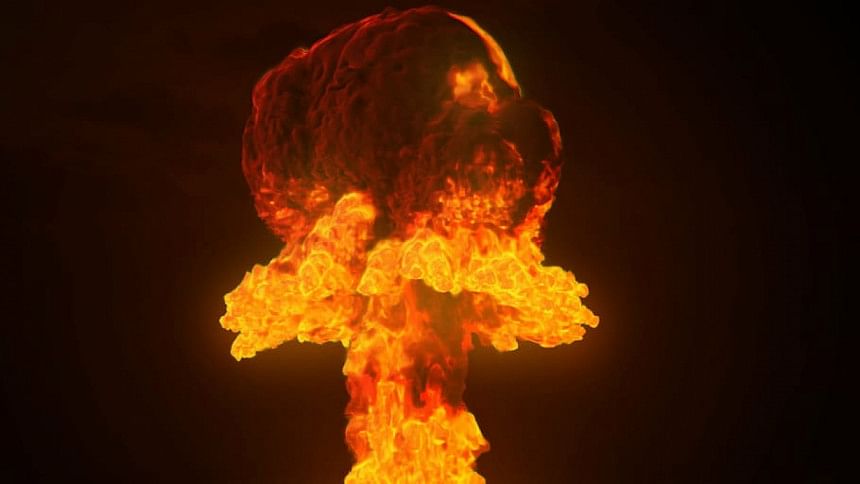How Nolan detonated an 'atomic bomb' for Oppenheimer without CGI

Christopher Nolan has once again pushed the boundaries of practical effects in his upcoming World War II biopic, Oppenheimer. Nolan, known for his commitment to realism, achieved the explosive effect of a detonating atomic bomb without relying on computer-generated imagery (CGI). Instead, he employed a combination of practical effects and innovative techniques to create a truly immersive experience for the audience.
In an interview with Total Film for their June 2023 issue, Special Effects Supervisor Scott R. Fisher shed light on the meticulous process behind the film's groundbreaking practical effects. Given the film's grounded material, the special effects team enjoyed a lighter workload compared to Nolan's previous visually ambitious films like Interstellar and Tenet.
One of the film's most pivotal moments was the recreation of the Trinity explosion, the world's first atomic explosion. Fisher revealed that they employed a classic Hollywood technique known as forced perspective. By using carefully crafted models, referred to as "big-atures" by Fisher, the team created the illusion of scale by positioning them closer to the camera. This method allowed them to capture the explosive power of the Trinity Test while maintaining manageable proportions.
To achieve the fiery intensity required for the explosion, Fisher explained that a combination of gasoline and propane was primarily used, as they provided significant impact. Aluminum powder and magnesium were also added to replicate the blinding flash that accompanies a nuclear blast. The aim was to create a sense of danger and fear that CGI often struggles to convey effectively.
Nolan, in his interview with Empire magazine, expressed his dissatisfaction with the safe and detached nature of CGI. He aimed to immerse the audience in the ultimate danger portrayed in Oppenheimer, making it feel threatening and frightening. The techniques employed ranged from large-scale explosions using explosives, magnesium flares, and black powder explosions to minuscule interactions of different particles, oils, and liquids.
The meticulous attention to detail extended beyond the Trinity explosion, as the team tackled the challenge of visualizing the abstract nature of Oppenheimer's brilliant mind. Nolan sought to portray the scientist's ability to perceive energy within matter. By embracing practical effects and photography, Nolan ensured an authentic and tangible portrayal.
Nolan emphasised his desire to capture everything in-camera, utilising computer technology primarily for compositing and refining the final visuals. By photographing each element of the film, Nolan aimed to achieve a tactile and organic feel, showcasing the raw power and realism he sought to convey.
Oppenheimer is set to release worldwide in theatres on Friday, July 21.

 For all latest news, follow The Daily Star's Google News channel.
For all latest news, follow The Daily Star's Google News channel. 








Comments